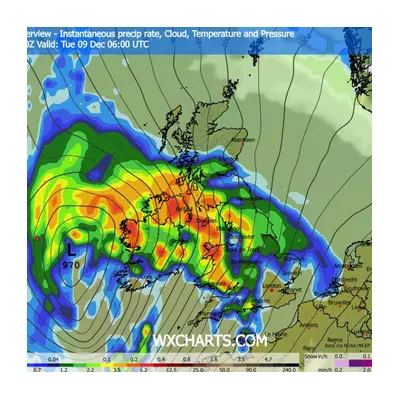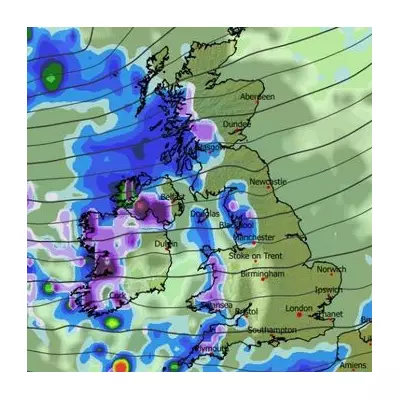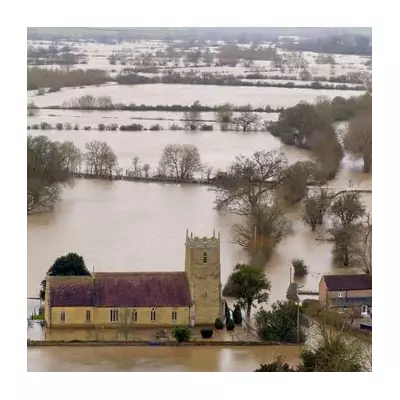
A terrifying supercell thunderstorm has torn through Queensland's Darling Downs region, unleashing nature's fury with golf ball-sized hailstones and destructive winds that left a trail of devastation in their wake.
Nature's Wrath Unleashed
The Bureau of Meteorology issued urgent warnings as the severe thunderstorm developed rapidly on Wednesday afternoon, with meteorologists tracking the dangerous system as it moved through the Watt and surrounding areas. Residents reported hailstones measuring up to 5 centimetres in diameter - comparable to golf balls - pounding roofs, vehicles, and agricultural land.
Emergency Response Activated
Local emergency services were inundated with calls for assistance as the storm reached its peak intensity. Queensland's Opposition Leader David Crisafulli expressed grave concern for affected communities, highlighting the vulnerability of regional areas to increasingly severe weather events.
The immediate impacts included:
- Widespread property damage from massive hailstones
- Multiple vehicles severely dented and windows shattered
- Power outages affecting hundreds of residents
- Agricultural crops devastated by the intense hail
- Local infrastructure suffering significant damage
Meteorological Phenomenon Explained
This wasn't an ordinary summer storm. Meteorologists classified the system as a supercell thunderstorm - the most dangerous type of convective storm capable of producing giant hail, destructive winds, and even tornadoes. The atmospheric conditions created a perfect breeding ground for this severe weather event.
Climate Change Connection
Weather experts note that such intense storm systems are becoming more frequent in Queensland, raising questions about climate change's role in amplifying severe weather patterns. The increasing frequency of these destructive events has prompted calls for improved warning systems and community preparedness.
"The sheer intensity of this storm took many residents by surprise," reported one local emergency coordinator. "We're seeing damage consistent with what you'd expect from a severe weather event, but the size of the hail was particularly remarkable."
Recovery Efforts Underway
Clean-up operations began immediately after the storm passed, with community members banding together to assist those most affected. Insurance companies have already started receiving claims, with early estimates suggesting millions of dollars in damage across the region.
The Bureau of Meteorology continues to monitor weather patterns across Queensland, urging residents to remain vigilant as the storm season continues. With more severe weather predicted in coming weeks, communities across the state are being advised to review their emergency plans and preparedness measures.





